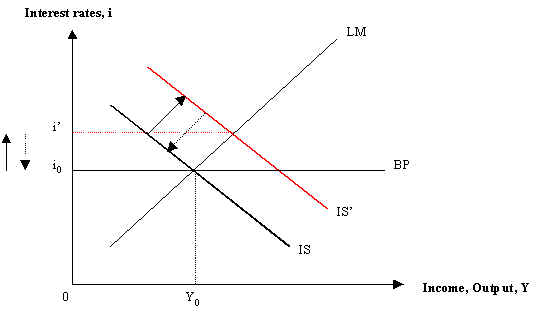Department of Statistic (1983), Economic and Social Statistics, Singapore, 1960-1982,
Singapore.
Dornbusch Rudiger, Fischer Stanley and Kearney Colm (1995), Macroeconomics,
Australian edition, McGraw-Hill, NSW.
Institute of Developing Economies (1998), Accessed at [http://www.ide.go.jp].
Lee Hsien Loong (1998a), Speech by Deputy Prime Minister, BG(NS) Lee Hsien Loong,
Lee Yock Suan (1998), Speech by Minister for Trade and Industry and Second Minister
Lee Sheng-yi (1990), The Monetary and Banking development of Singapore and
Lim Chong Yah et al (1988), Policy Options for the Singapore Economy,
McGraw-Hill, Singapore.
Low, Vincent (1994), ‘The MAS model: Structure and some policy simulations’
in
Anthony Chin and Ngiam Kee Jin (ed.), Outlook for the Singapore Economy, Trans
Global Publishing, Singapore.
Monetary Authority of Singapore (1980), The Financial Structure of Singapore,
MAS, Singapore.
Ministry of Information and the Arts (1997), Singapore 1997, MITA, Singapore.
Ministry of Trade and Industry (1997), 1997 Annual Economic Survey of Singapore,
MTI, Singapore.
Peebles Gavin and Peter Wilson (1996), The Singapore Economy, Edward Elgar
Publishing, Cambridge.
Rodan, Garry (1989), The Political Economy of Singapore’s Industrialization:
National
Simkin C. (1984), ‘Does money matters in Singapore?’, Singapore Economic
Review, vol. 29, No. 1, Apr.
Singapore Department of Statistic (1998), Accessed at [http://singstat.gov.sg].
The Kok Peng and Shanmugaratham Tharman (1992), ‘Exchange rate policy:
Philosophy and conduct over the past decade’, in Linda Low and Toh Mun Heng (eds),
Public Policies in Singapore: Changes in the 1980s and Future Signposts, Times
Academic Press, Singapore.
No. of words: 2002 (content only)


